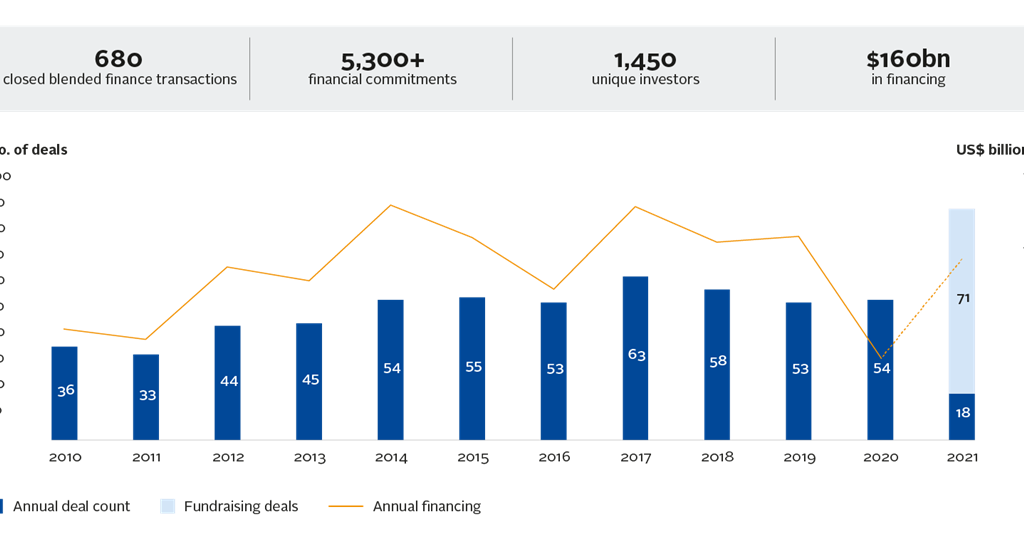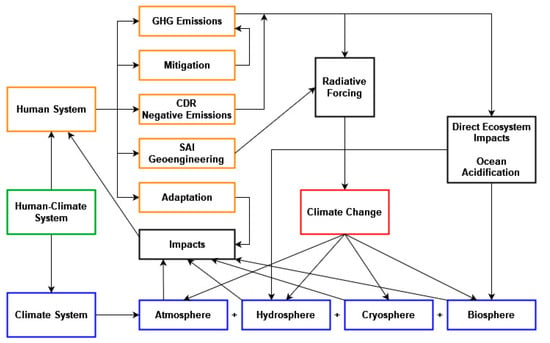Introduction
Bangladesh is growing fast. The cement industry plays a big role. But, climate change is a threat. New policies are shaping the industry. This blog explores how.
The Need for Climate Policies
Climate change affects everyone. Bangladesh faces floods, storms, and rising sea levels. The government is taking action. Climate policies aim to reduce carbon emissions. Cement factories must adapt to new rules.

Credit: www.ey.com
Cement Industry in Bangladesh
The cement industry is vital. It supports construction and development. Many factories operate in Bangladesh. They produce millions of tons of cement each year. But, they also emit a lot of carbon dioxide.
Challenges Faced by the Industry
The cement industry faces many challenges. New climate policies require changes. Factories must reduce emissions. This can be costly and complex.
- High Carbon Emissions: Cement production releases carbon dioxide. Factories need to find ways to cut emissions.
- Cost of Green Technology: Installing green technology is expensive. Many factories struggle to afford it.
- Lack of Skilled Workers: Green technology needs skilled workers. Training programs are essential.
- Regulatory Compliance: Factories must follow strict rules. Ensuring compliance can be challenging.
Adapting to Climate Policies
Despite challenges, the industry is adapting. New technologies and practices are emerging. Factories are finding innovative solutions.
| Solution | Benefit |
|---|---|
| Alternative Fuels | Reduces carbon emissions |
| Energy Efficiency | Lower energy consumption |
| Carbon Capture | Traps carbon emissions |
| Recycling Waste | Reduces raw material use |
Case Studies
Several factories in Bangladesh are leading the way. They are adopting green practices. Here are some examples:
- Factory A: Uses alternative fuels. Reduced emissions by 30%.
- Factory B: Installed energy-efficient machinery. Cut energy use by 25%.
- Factory C: Implemented carbon capture technology. Traps 40% of emissions.

Credit: www.unpri.org
Government Support
The government is helping the industry. Financial incentives and grants are available. Training programs support skill development. Regulatory frameworks guide compliance.
- Incentives: Tax breaks and subsidies for green technology.
- Training: Programs to develop skilled workers.
- Regulations: Clear guidelines for emissions and energy use.
Future Outlook
The future looks promising. The cement industry is transforming. New policies are driving change. Factories are becoming greener and more efficient.
- Innovation: More investment in green technology.
- Collaboration: Partnerships between government and industry.
- Sustainability: Long-term commitment to reducing emissions.
Frequently Asked Questions
What Are Climate Policies In Bangladesh?
Climate policies in Bangladesh include emission reduction targets and sustainable practices to combat climate change.
How Do Climate Policies Affect Cement Industry?
Climate policies push the cement industry towards sustainable practices, reducing carbon emissions and increasing energy efficiency.
Are There Green Initiatives In Cement Production?
Yes, green initiatives include using alternative fuels, reducing clinker content, and adopting energy-efficient technologies.
Why Is Sustainable Cement Production Important?
Sustainable cement production reduces environmental impact, conserves resources, and aligns with global climate goals.
Conclusion
Climate policies are shaping the cement industry in Bangladesh. The journey is challenging but essential. The industry is adapting and evolving. A greener future is possible.








